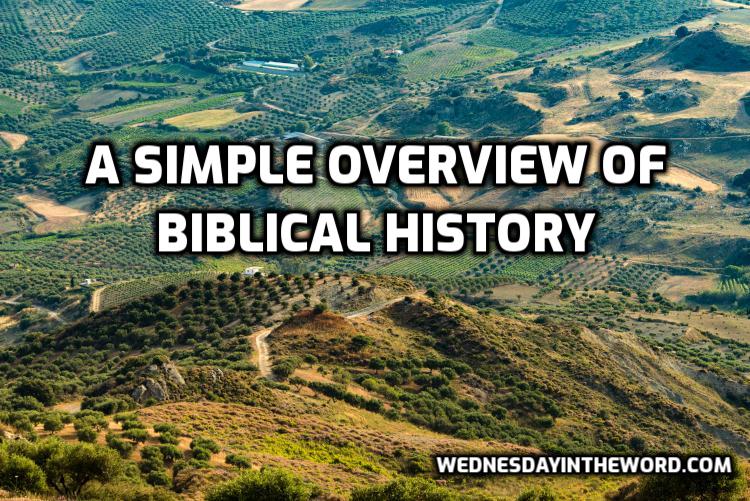
I need an overview of the Bible
Overview of the Bible: Just as it’s helpful to know the culture of Jane Austin before reading Emma, it’s helpful to know the history behind the Bible.

Overview of the Bible: Just as it’s helpful to know the culture of Jane Austin before reading Emma, it’s helpful to know the history behind the Bible.

Whenever you study Scripture, it’s important to know where your particular passage fits into biblical history. As Karl Barth said: “The Bible is not a philosophical book, but a history book, the book of God’s mighty acts, in which God becomes knowable to us.” Here’s a simple overview of biblical history.